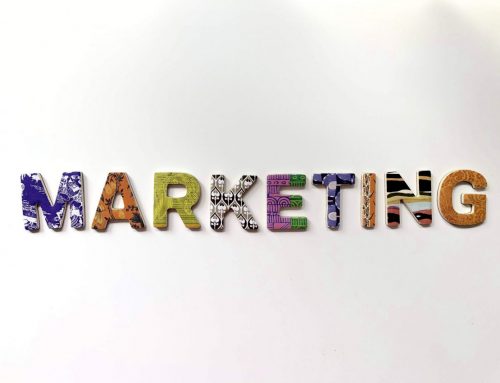When it comes to the world of marketing, there are a lot of myths and misconceptions that marketers can fall prey to believing. Here, we will discuss some of the more common myths and misconceptions and debunk them.
Consumers already get too many emails
This is one of the most common myths about email marketing. While people do tend to receive a lot of emails per day, about 60 percent of people receive six or fewer emails per day from brands they trust. Plus, if they care about your brand, they will open the emails anyway.
Including “free” in emails gets them sent to the spam folder
One common myth in email marketing is that if you include “free” in an email, it will end up in the recipient’s spam folder. The language you use in any marketing copy is important, but its importance is not in the spam filters; it is in the way you engage your readers. If you write interesting, engaging copy in your marketing emails, you are going to get continued readers; if your copy is not engaging enough, you will lose readers. Including “free” in the email may help get more people to open your emails but keeping them there will depend on every other word in the email.
Send your emails on a certain day and time
Whether it is Thursdays at 3 pm, Fridays at noon, or Monday at 8 am, there are many set times and days that are coined the “best” time to send your emails. However, if this is the best time to send these emails, that means that everyone is sending them at this time, so your emails are going to be lost in the stream. Also, many people do not even open their emails the day they get them, they often open them a day or two later, so it hardly matters if you send them that email on Thursday at 3 if they are not going to open it until Saturday night. Over time, you might find that there are certain days or time frames when your emails get opened more often, but those are only going to reveal themselves after spending a significant amount of time watching your metrics. Until then, do not fall prey to the Thursday at 3 pm, first thing in the morning, lunchtime, or never on a Monday rules; you cannot guarantee that your audience will actually be reading your emails around the time you send them.
Email marketing is dead
This myth comes from the fact that social media is the dominating form of digital media. While growing relationships with your customers through social media is important, email marketing is still important and not something to ignore. Email marketing is often more successful at reaching and retaining customers than social media.
If you do not see a great return on your email marketing investment, try revamping your strategy and incorporating personalization into your emails. It is a big trend in email marketing these days, and it has been shown to increase engagement and responsiveness. Personalization is a little extra touch that can make someone feel like you took a little bit of time to tailor your email to them.
Millennials do not use email
Not only do millennials use email, but they check their emails more often than other age groups. They typically identify email as their preferred contact method for businesses, even though they are seen as the social media generation. When marketing to millennials through emails, it is essential to remember to focus on quality, not quantity; they can end up getting email fatigue.
Subject lines determine open rates
While the subject line can help get people to open your emails, they are not the only thing that gets people to open an email. In fact, what can really boost your open rate is the sender’s name. Research has indicated that about 64 percent of readers will open an email after seeing the subject’s name, whereas only 47 percent open emails based on what is in the subject line. Therefore, it is essential to have your company’s name listed as the sender. Brand recognition is a powerful thing, and if they recognize your brand as the sender, they are more likely to open the email. Plus, having random email addresses listed can make you look spammy, and that will not get your emails opened.
Video automatically boosts engagement
Videos have been a hot marketing thing for a while now, but they are actually not the best thing to include in an email. Video files are usually pretty large, and large files can make it difficult for an email to load, which means the reader may not stick around to wait. The content of the email is what matters, so put together something that looks professional and clean. You can include video, but a better way to do so is to include a photo with a play symbol on it that will take them to the video externally. This way, the video is still being sent without interfering with your readability.
Spam emails are just poorly designed
When you think about spam emails, you might think about something that has significant loading issues and does not really say anything. This is not always the case, though; spam is not simply poorly formatted email that screams “junk” the moment you look at it. Spam is any unwanted marketing email. Did you subscribe to the sender? If not, then the email is spam, no matter how well it was constructed.
Conclusion
We hope busting these email marketing myths for you has been helpful to your email marketing strategy. If you need help sharpening up your email marketing, Seattle Public Relations is here to help. We are the experts in our field, and we can begin helping your email marketing returns rise quickly. Contact Seattle Public Relations today to get started!








Leave A Comment